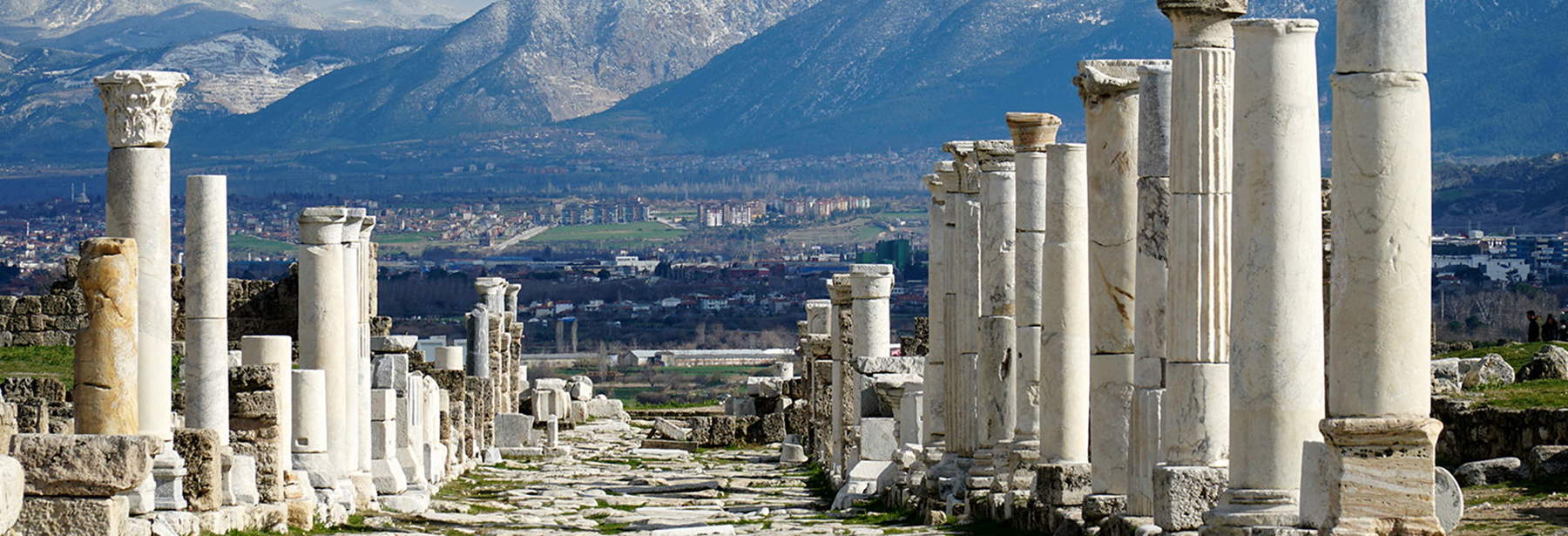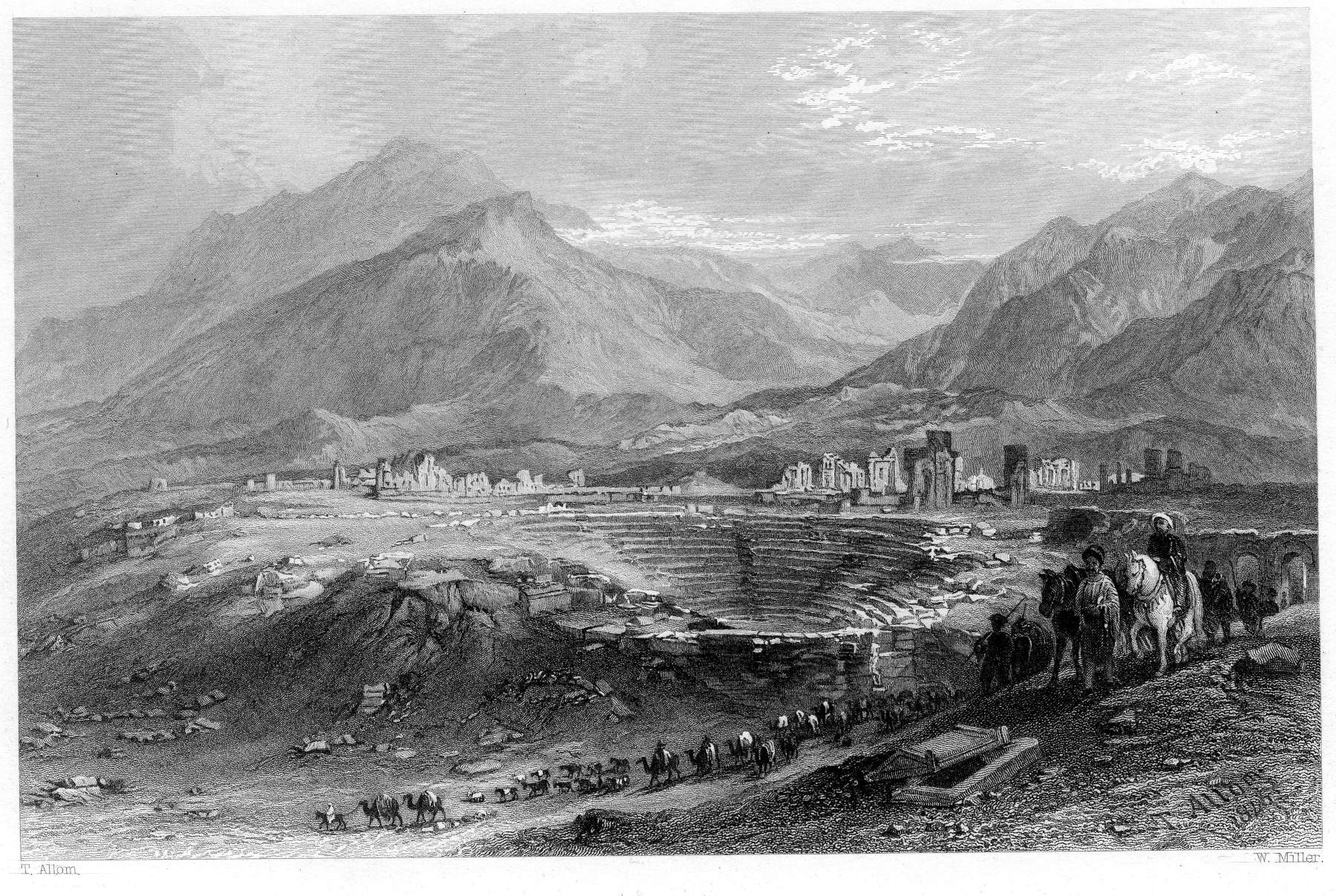ARoman-era assembly hall, thus a kind of meeting hall, dated to about two thousand years ago, has been unearthed in excavations in the ancient city of Laodicea, Denizli province, Turkey. As reported by the Turkish government news agency, Anadolu Ajansı, the structure, dating back to the late first century B.C., has architectural features unprecedented in Anatolia: pentagonal walls and a hexagonal floor plan, a combination never before documented in archaeological investigations in the area. The discovery occurred during the 2025 excavation campaign, marking an important milestone in the twenty-two years of research and restoration work conducted on the site, which is on the provisional list of UNESCO World Heritage Sites.
Laodicea, whose origins date back to 5500 B.C., was a prominent center in Roman and Byzantine times, with a far-reaching political, administrative, and commercial role. Previous investigations had returned significant finds, including travertine blocks decorated with frescoes, the three-meter-high statue of Emperor Trajan, the fountain dedicated to him, the head of a priest statue, and a sculptural group depicting Scylla, the monstrous creature mentioned in Homer’s Odyssey.


The structure is notable for its function and capacity: it could accommodate between 600 and 800 members, divided according to inscriptions on the seats that identified elders, youths, and citizens. Archaeologists believe that the courtroom was the political and judicial hub of the city, a place where civil decisions were made and justice administered. The internal layout and organization of spaces suggest a complex hierarchical structure, also evidenced by the presence of a seated statue, probably depicting a chief judge. The sculpture’s head, added later, would indicate a change in leadership over the building’s history.
The area in which the hall stands was surrounded by an urban complex of considerable importance: in the immediate vicinity were the political agora, archival rooms, a large bath complex, and the largest stadium in the region. The urban context thus reinforces the hypothesis that Laodicea was a nerve center for administration and justice at the time, capable of attracting and managing considerable flows of people and activities.
The span of use of the building is particularly extensive: from the late first century B.C. to the seventh century A.D., testifying to the continuity of its function for centuries. The preservation of the structure and the discovery of inscriptions and statues provide valuable elements for understanding the political evolution of the city and its relationship to Roman power. As the Turkish press reports, excavations will continue in the coming months with the aim of completing the mapping of the area and furthering the study of the construction techniques used. The strategic location of the hall and its relationship to surrounding buildings could offer new information on the distribution of public spaces in Roman cities and their evolution in Byzantine times.
 |
| Discovered a. Roman-era meeting hall in the ruins of Laodicea (Turkey). |
Warning: the translation into English of the original Italian article was created using automatic tools. We undertake to review all articles, but we do not guarantee the total absence of inaccuracies in the translation due to the program. You can find the original by clicking on the ITA button. If you find any mistake,please contact us.